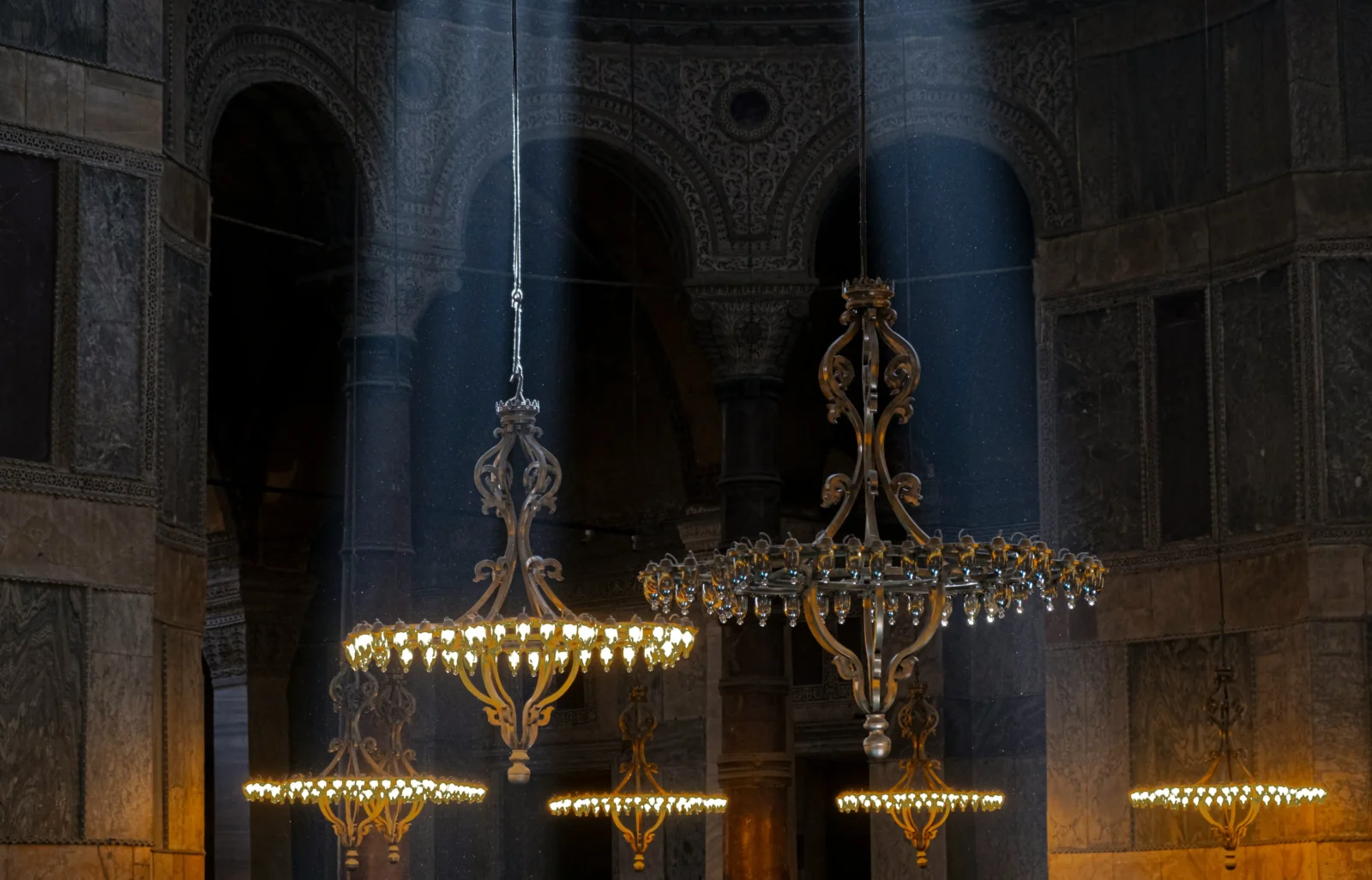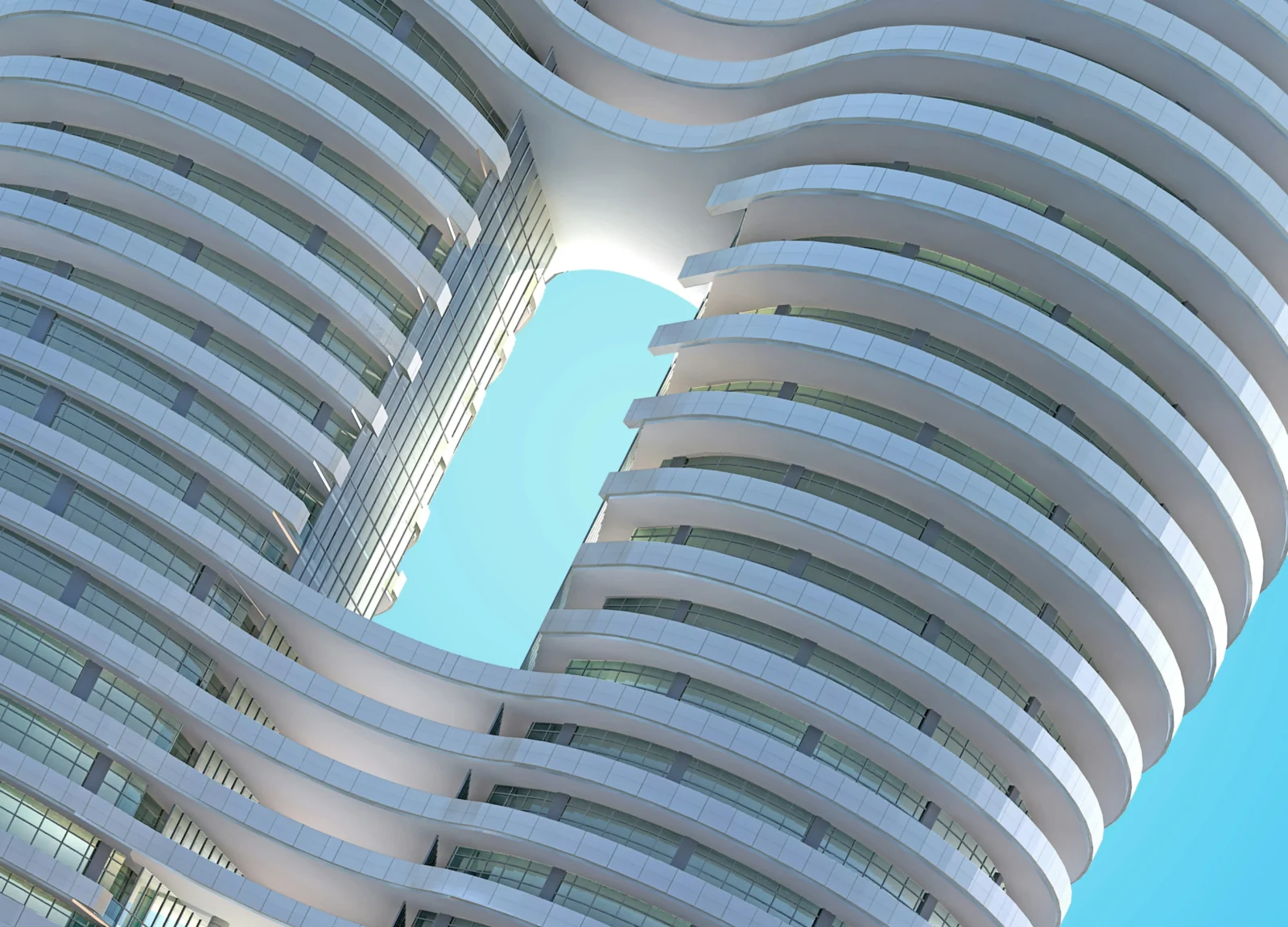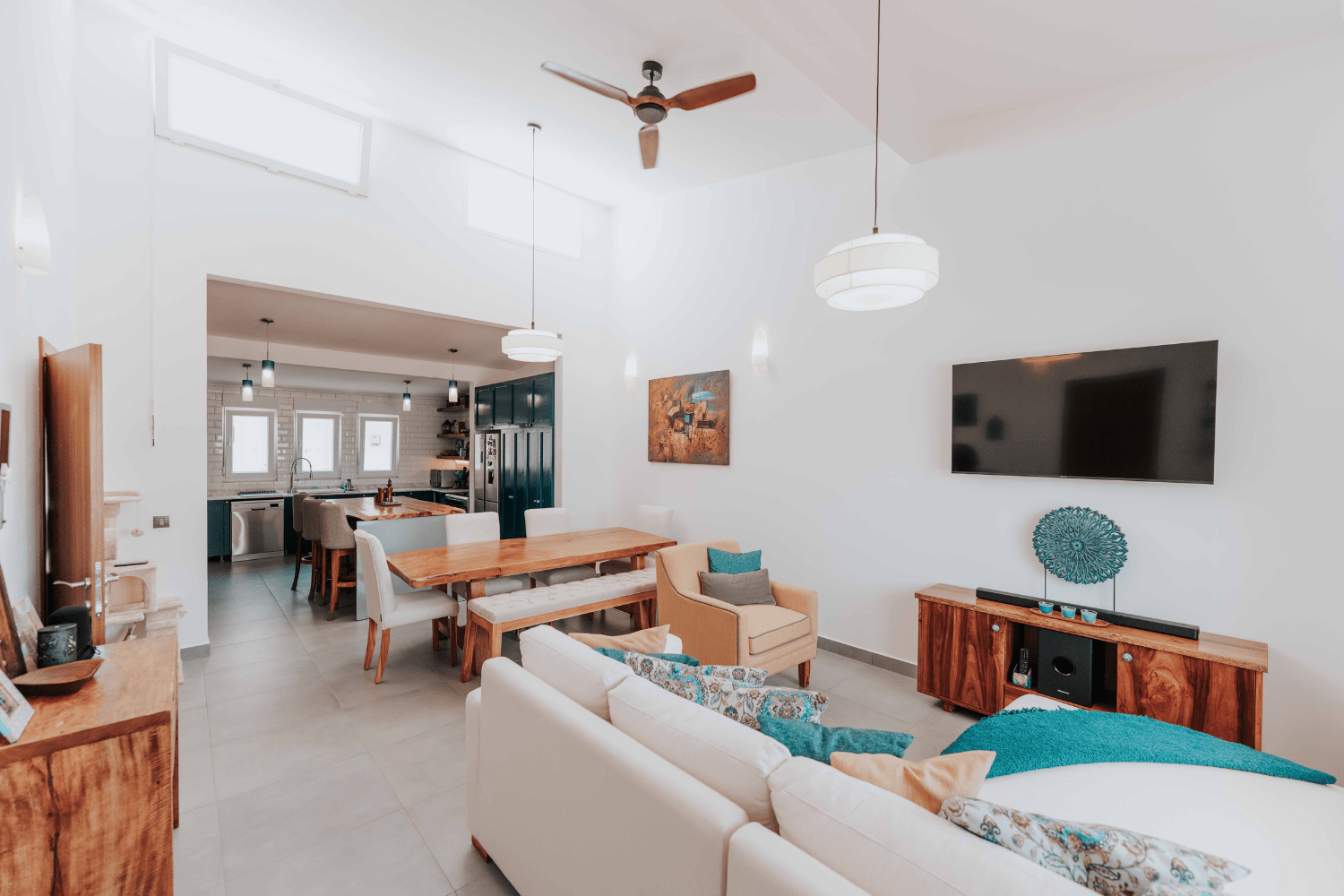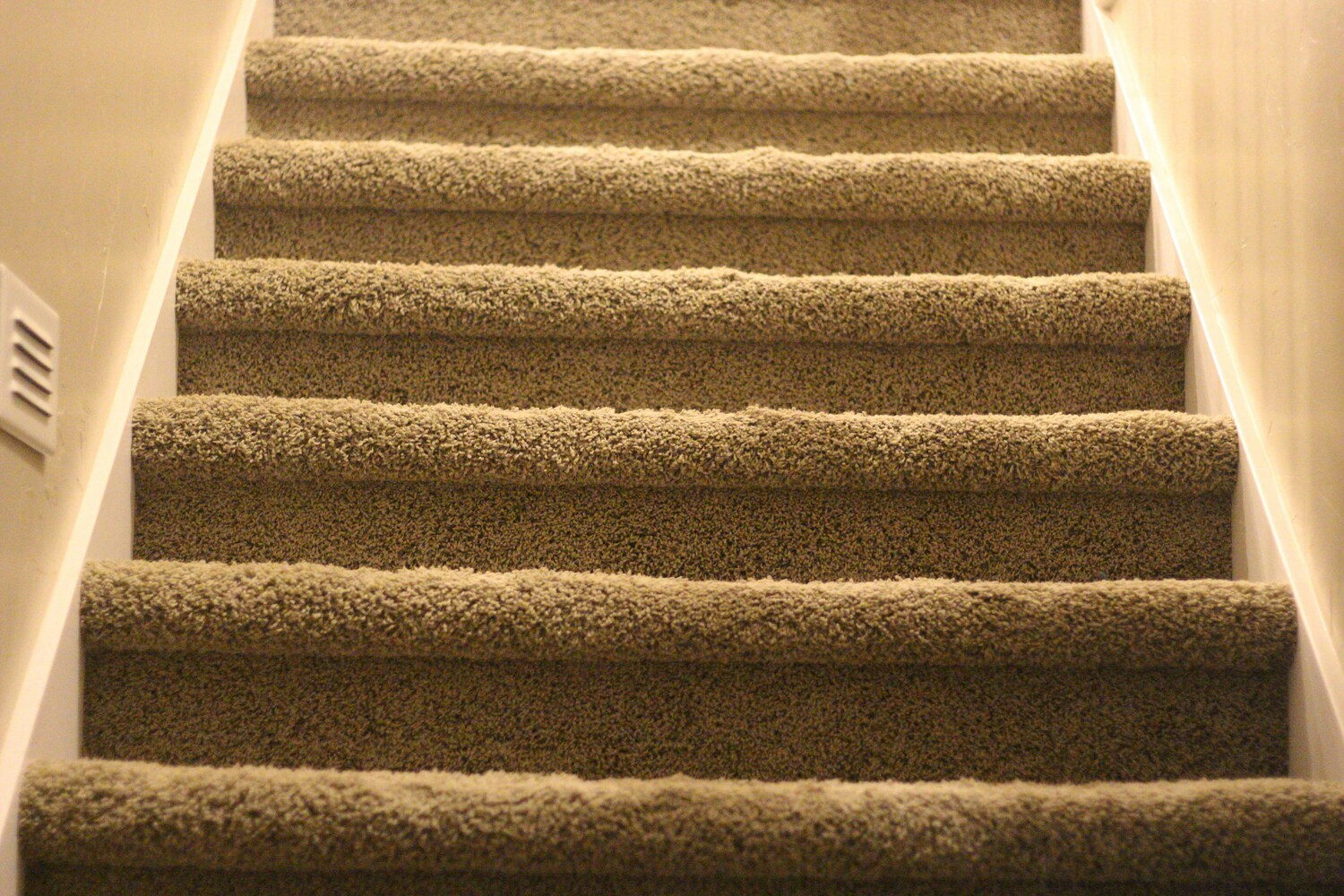- Home
- Articles
- Architectural Portfolio
- Architectral Presentation
- Inspirational Stories
- Architecture News
- Visualization
- BIM Industry
- Facade Design
- Parametric Design
- Career
- Landscape Architecture
- Construction
- Artificial Intelligence
- Sketching
- Design Softwares
- Diagrams
- Writing
- Architectural Tips
- Sustainability
- Courses
- Concept
- Technology
- History & Heritage
- Future of Architecture
- Guides & How-To
- Art & Culture
- Projects
- Interior Design
- Competitions
- Jobs
- Store
- Tools
- More
- Home
- Articles
- Architectural Portfolio
- Architectral Presentation
- Inspirational Stories
- Architecture News
- Visualization
- BIM Industry
- Facade Design
- Parametric Design
- Career
- Landscape Architecture
- Construction
- Artificial Intelligence
- Sketching
- Design Softwares
- Diagrams
- Writing
- Architectural Tips
- Sustainability
- Courses
- Concept
- Technology
- History & Heritage
- Future of Architecture
- Guides & How-To
- Art & Culture
- Projects
- Interior Design
- Competitions
- Jobs
- Store
- Tools
- More
Interior Design Projects: Transforming Spaces into Functionally Beautiful Environments

Interior design is the art and science of enhancing the interior of a building to achieve a more aesthetically pleasing and functional environment for its occupants. From designing a home or office to a retail space or hospitality venue, interior designers work on a variety of projects, each with unique challenges and opportunities.
The right interior design can boost productivity, improve moods, and provide comfort, making it a critical aspect of any building project. This article will explore the key elements of interior design, highlight common types of design projects, and provide tips for transforming any space with an eye for both function and beauty.
Table of Contents
ToggleWhat is Interior Design?
Interior design is not just about decorating a room with furniture and color schemes; it involves a deep understanding of architecture, spatial planning, human psychology, lighting, materials, and sustainability. An interior designer balances all these factors to create harmonious, functional, and visually appealing spaces. Designers must consider the purpose of a space, its occupants, and the overall vision to develop designs that meet both aesthetic and practical needs.

Key components of interior design include:
- Space planning: Determining the best use of a space and organizing furniture and layout to maximize functionality.
- Lighting: Using natural and artificial light effectively to enhance the ambiance and function of a space.
- Color schemes: Selecting colors that promote the desired atmosphere, which can be calming, energetic, professional, or anything in between.
- Furniture and accessories: Choosing pieces that complement the design and meet the needs of the space.
- Materials and finishes: Selecting appropriate materials like wood, glass, metal, and textiles to achieve the desired look and feel.
Types of Interior Design Projects
Interior design projects can vary greatly depending on the type of space being designed. Here are some of the most common categories of interior design projects:
Residential Interior Design
Residential interior design is all about creating a comfortable, functional, and personalized space for homeowners. This type of design often involves working with clients to create living spaces, kitchens, bedrooms, bathrooms, and home offices. The design should reflect the client’s personal style and cater to the needs of the family or individuals who will be using the space.
Some key elements to consider in residential design include:
- Lifestyle needs: Does the family have young children, pets, or elderly members? This will affect furniture choices, storage solutions, and layout.
- Aesthetic preferences: Are the homeowners drawn to a modern, traditional, or eclectic style? The design should reflect their tastes.
- Functionality: The design should not only look good but also be practical and livable. For example, a family with small children might need more durable, easy-to-clean materials.
Commercial Interior Design
Commercial interior design encompasses the design of spaces used for business purposes, including offices, retail stores, restaurants, and hotels. The primary focus in commercial design is to create a space that enhances the business’s objectives, such as improving customer experience, promoting brand identity, and supporting employee productivity.
Key considerations in commercial interior design include:
- Branding: The space should reflect the company’s brand identity and values. A retail store might use colors and materials that match the brand’s logo or style, creating a cohesive customer experience.
- Employee well-being: In office spaces, designing environments that promote collaboration, creativity, and comfort can improve overall productivity.
- Customer experience: For hospitality and retail projects, creating an inviting atmosphere is crucial. Comfortable seating, easy navigation, and a pleasant ambiance can all contribute to a positive experience.
Hospitality Interior Design

Hospitality interior design involves creating spaces that cater to guests’ needs in hotels, resorts, spas, and restaurants. The goal is to make guests feel welcome and comfortable while offering functional spaces that meet the needs of the business.
Considerations in hospitality interior design include:
- Guest comfort: Soft furnishings, comfortable bedding, and quiet spaces are essential in hotel rooms. Public spaces should be welcoming and functional, with a good flow and easy access.
- Local culture: Incorporating elements of local culture or the surrounding environment can create a unique and memorable experience for guests.
- Ambiance: Lighting, color schemes, and décor must come together to create a warm, inviting environment that aligns with the brand’s image.
Retail Interior Design
Retail interior design is essential for creating a shopping experience that attracts customers and promotes sales. This includes designing stores, boutiques, and malls. An effective retail interior design makes the shopping experience easier, more enjoyable, and visually appealing. Elements to consider in retail interior design include product placement, brand identity, and flow.
Incorporating Functionality into Design
While aesthetic appeal is essential, functionality should never be overlooked. Great interior design merges style with practical solutions. One of the first steps in any interior design project is understanding the space’s intended purpose. Interior design applies to homes, business spaces, and hospitality venues, so it’s vital to make sure the design supports the tasks and activities that will take place there.
For example, in a commercial office space, designers should consider ergonomic furniture, efficient storage solutions, and open floor plans that encourage communication. In a home kitchen, the design must prioritize functionality, ensuring ease of movement, enough counter space, and proper placement of appliances.
Another aspect of functionality is safety, especially in commercial spaces. For example, safety gear like safety vests with your company logo is crucial for construction sites or environments where workers are at risk. These vests not only ensure the safety of workers but also serve as a form of branding, creating a professional image. You can customize these vests by adding your company’s logo for a personalized touch, reinforcing the brand while prioritizing employee safety.

Trends in Interior Design
Interior design trends evolve, influenced by culture, technology, and sustainability concerns. Some current trends include:
- Sustainable design: More designers are opting for eco-friendly materials, such as reclaimed wood, energy-efficient appliances, and low-VOC paints.
- Smart technology: Integration of technology into interiors, such as smart thermostats, automated lighting, and voice-activated devices, is becoming more common.
- Minimalism: Clean lines, open spaces, and neutral color palettes are popular in modern interiors, focusing on simplicity and functionality.
- Biophilic design: This trend emphasizes the connection between people and nature. Incorporating plants, natural light, and natural materials helps create a healthier and more productive environment.
Conclusion
Interior design projects are as varied as the spaces they transform. From a residential project aimed at creating a comfortable home to a commercial design that boosts productivity and enhances customer experience, or a hospitality project that leaves a lasting impression on guests, great interior design combines beauty and functionality.
It’s about creating spaces that not only look good but also work well for the people who use them. By understanding the needs of the space and its occupants, interior designers can craft environments that inspire and delight while meeting practical requirements.
illustrarch is your daily dose of architecture. Leading community designed for all lovers of illustration and #drawing.
Submit your architectural projects
Follow these steps for submission your project. Submission FormLatest Posts
Chandelier Light vs Ceiling Lights: Which Decorative Lighting Works Best for UAE Homes in Winter?
Winter in the UAE doesn’t arrive loudly. It doesn’t announce itself with...
Marketing for Architects: How Firms Are Getting More Clients Without Chasing Leads
Architectural marketing has changed in important ways. Referrals and reputation still matter,...
8 Innovative Apartment Design Ideas from the USA
Apartment design in the United States is rapidly evolving, with architects and...
Tips for Using Runners to Transform Hallways and Spaces
Hallways work hard. They handle daily foot traffic, muddy shoes, and the...












Leave a comment